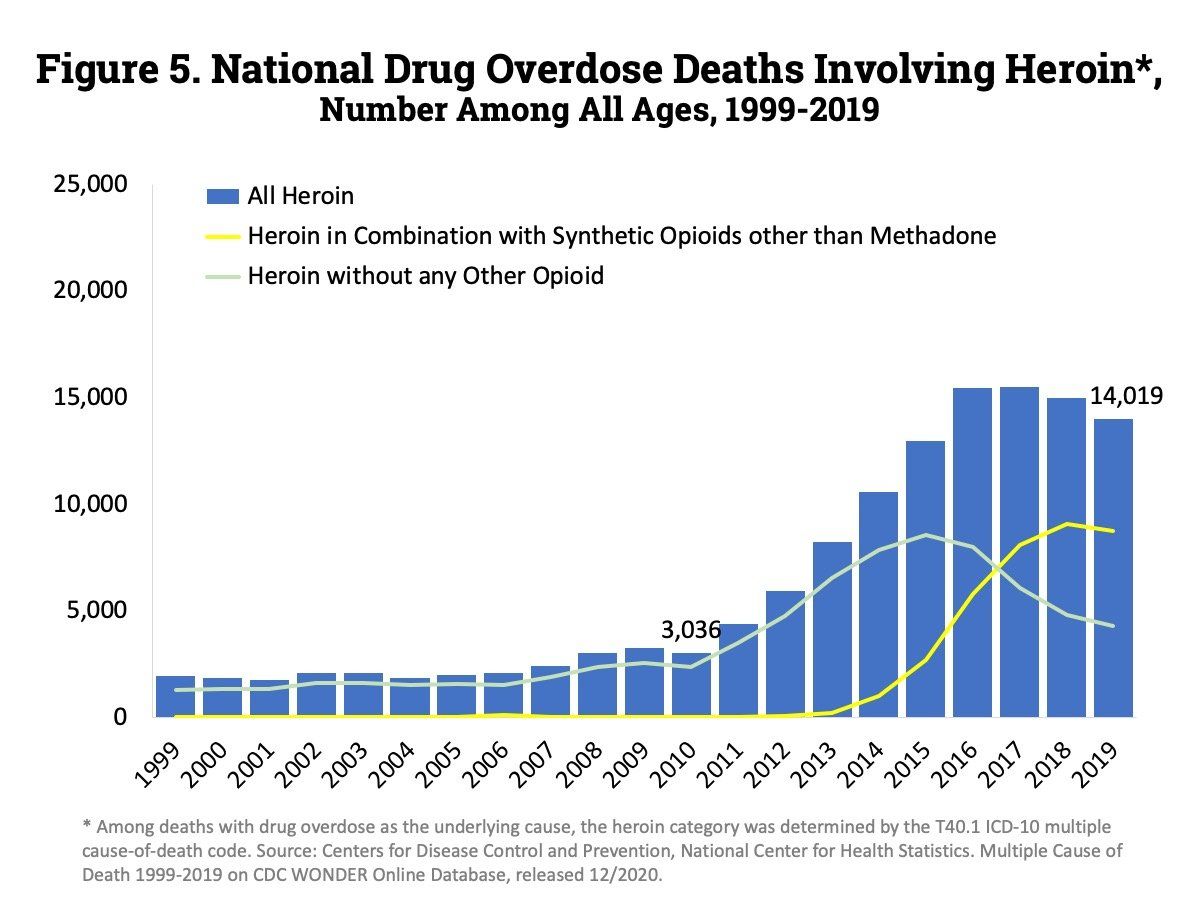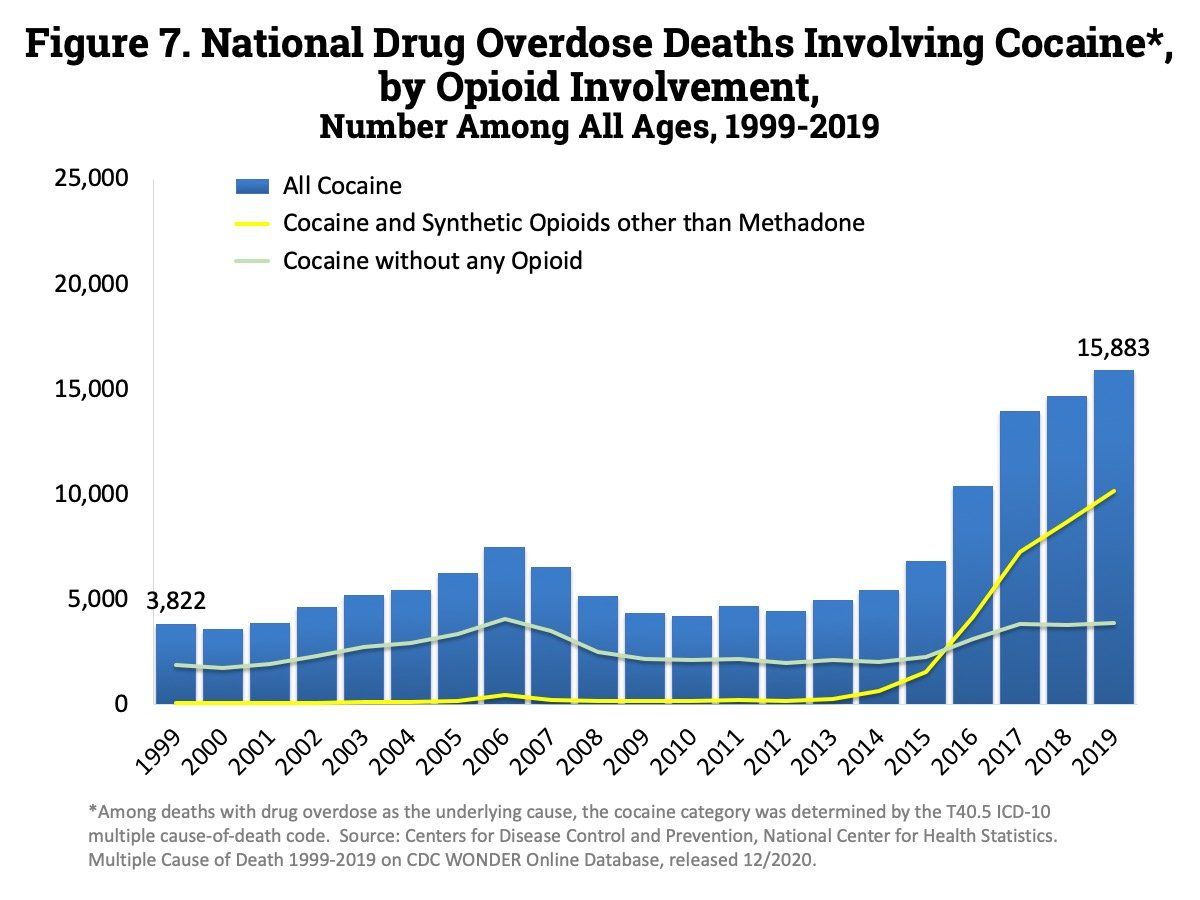Cocaine Addiction Treatment
What is Cocaine?
Cocaine typically presents as a white powder. People snort cocaine through the nose, rub it into their gums, or inject the dissolved powder into their bloodstream. Additionally, many of those seeking treatment for cocaine use have graduated to smoking cocaine (either by freebasing it or using it in crack form) and are likely to use more than one substance.
What are the Effects of Cocaine Abuse?
Some people report that cocaine helps them perform mental and physical tasks more quickly while others experience the opposite. Using large amounts can lead to violent, bizarre, and unpredictable behavior. The effects of cocaine appear and disappear quickly, with the effect depending on the method of use. Cocaine accounts a significant percentage of admissions to drug abuse treatment programs.
Cocaine acts by binding to the dopamine transporter, blocking the removal of dopamine from the synapse. Dopamine then accumulates in the synapse to produce an amplified signal to the receiving neurons. This is what causes the euphoria commonly experienced immediately after taking the drug. As with other drugs, repeated use of cocaine can cause long-term changes in the brain’s reward circuit and other brain systems, which often leads to addiction. The reward circuit eventually adapts to the extra dopamine caused by the drug, becoming steadily less sensitive to it. As a result, people take stronger and more frequent doses to feel the same high they did initially and to obtain relief from withdrawal.
Some people report that cocaine helps them perform mental and physical tasks more quickly while others experience the opposite. Using large amounts can lead to violent, bizarre, and unpredictable behavior. The effects of cocaine appear and disappear quickly, with the effect depending on the method of use. Cocaine accounts a significant percentage of admissions to drug abuse treatment programs.
Cocaine acts by binding to the dopamine transporter, blocking the removal of dopamine from the synapse. Dopamine then accumulates in the synapse to produce an amplified signal to the receiving neurons. This is what causes the euphoria commonly experienced immediately after taking the drug. As with other drugs, repeated use of cocaine can cause long-term changes in the brain’s reward circuit and other brain systems, which often leads to addiction. The reward circuit eventually adapts to the extra dopamine caused by the drug, becoming steadily less sensitive to it. As a result, people take stronger and more frequent doses to feel the same high they did initially and to obtain relief from withdrawal.
Cocaine Addiction Symptoms
- Increase in Size of Pupils (dilation)
- Nosebleeds, Running Nose, Itchy Nose
- Powder Residue near Nose and Mouth
- Sudden Increase in Energy, Confidence and Excitability
- Sudden Weight Loss
- Insomnia and Lack of Appetite
- Engaging in Risky Behavior
- Increased Promiscuity
- Lack of Personal Hygiene
- Financial Issues, Secrets, and Isolation
- Mood Swings and Irritability
- Drug Paraphernalia (baggies, pipes, foil, lighters)
Cocaine Addiction Statistics
22.5%
of US overdose deaths in the USA involved Cocaine.
4.1%
of US 12th graders have tried Cocaine.
43
Americans overdose and die every day resulting from Cocaine abuse.
850
people under the age of 24 who died in 2019 from Cocaine abuse.
Talk With a Provider Today!
Talk With a Provider Today!
Fighting addiction alone is an almost impossible task. Don't do this alone, call us today to start your road to recovery.



